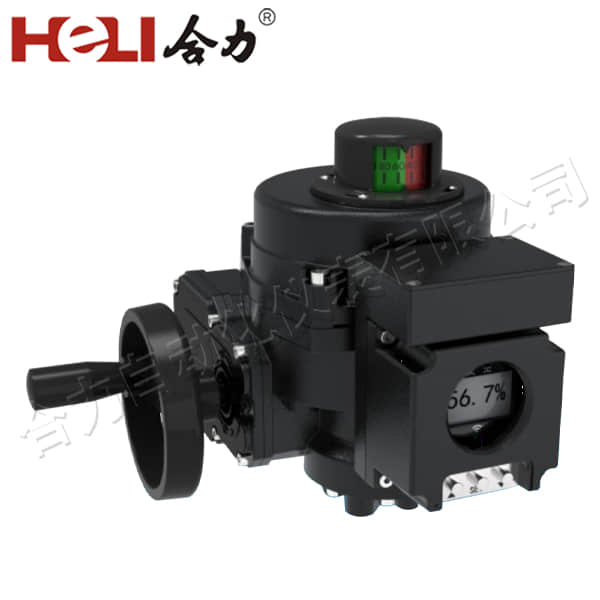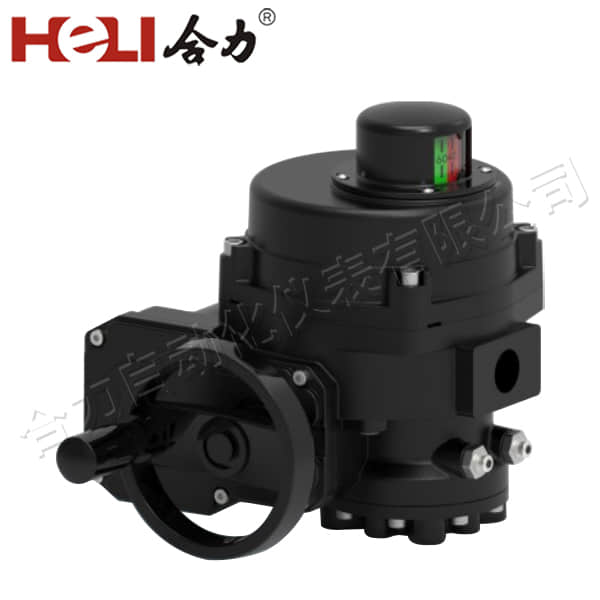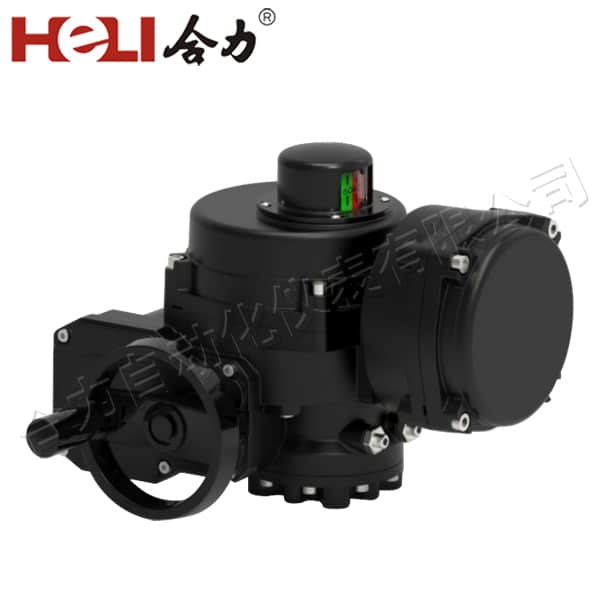
Electrical installation is a critical component in both residential and commercial settings, playing an essential role in ensuring safety, functionality, and convenience. Proper electrical installation is not just about hooking up wires; it involves abiding by established codes, using the correct materials, and applying best practices to mitigate risks associated with electrical hazards. This article will explore the various aspects of electrical installation, including its importance, key components, and common practices.

The importance of professional electrical installation cannot be overstated. Electrical systems are inherently dangerous if not properly installed. Incorrect wiring can lead to fires, electrocution, and equipment failure, incurring significant costs in repairs and even posing risks to human life. Therefore, adhering to local electrical codes and standards is paramount to ensure safety and reliability. These codes provide guidelines on wire types, circuit configurations, and appropriate safety measures during installation.

